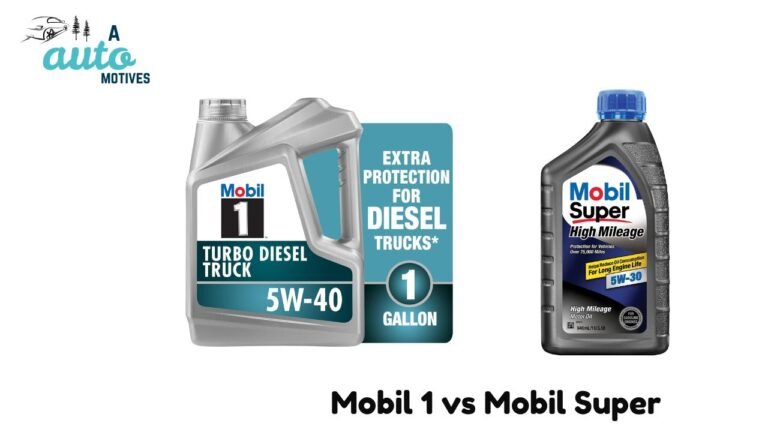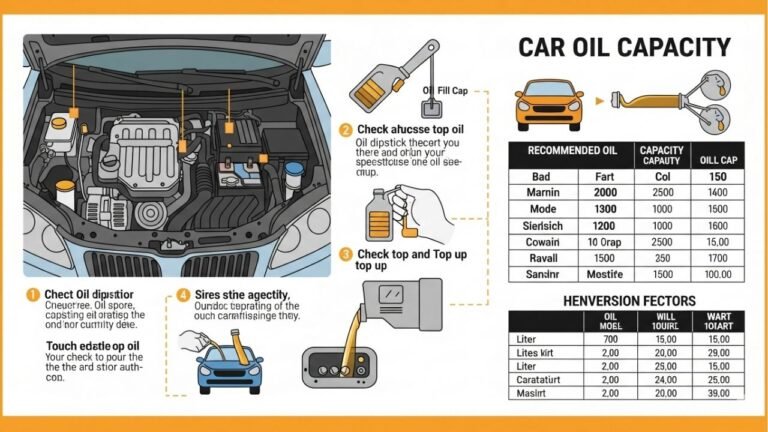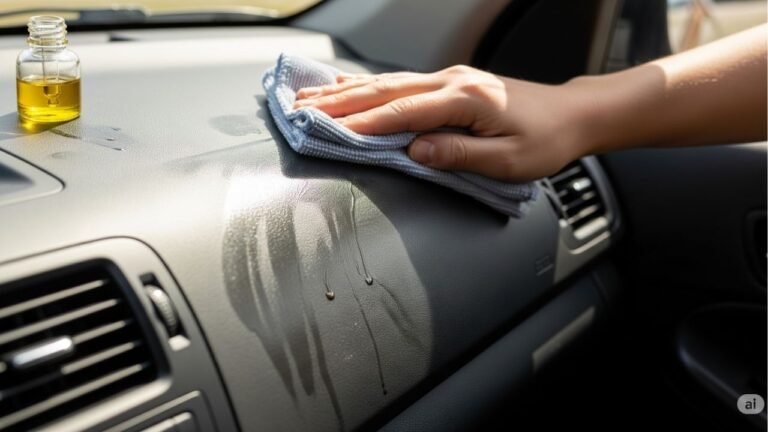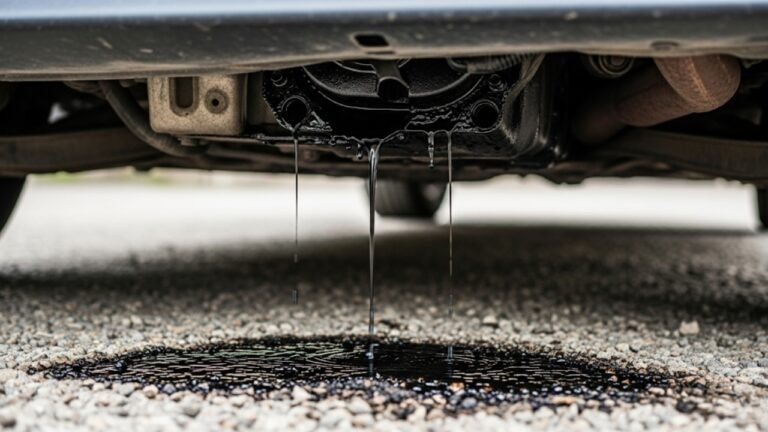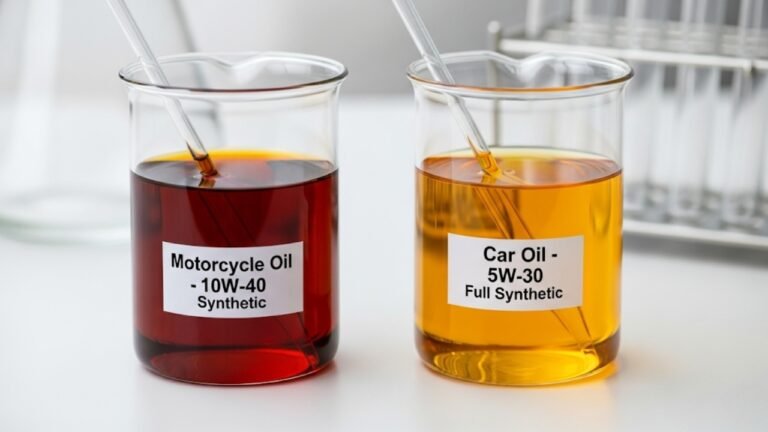The Real Cost of Replacing Oil Pan in a Car
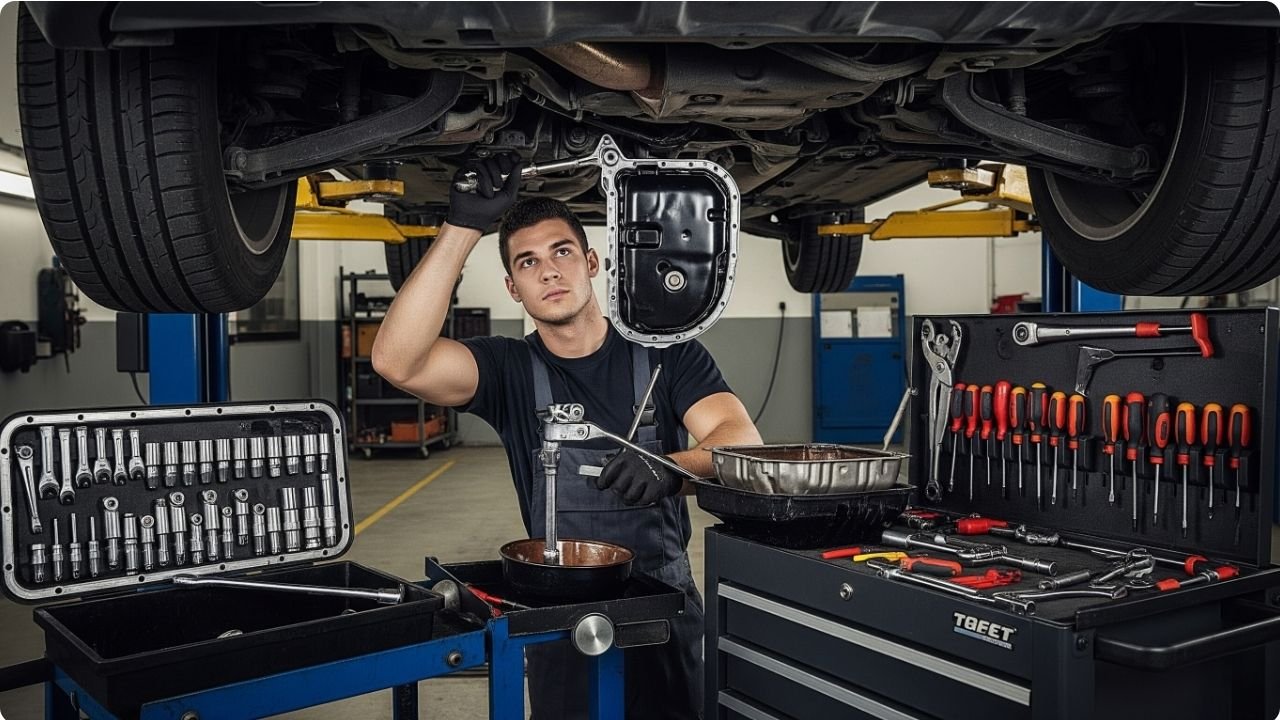
Imagine this: you’re late for work, and just as you reverse out of the driveway, you notice a dark, slick puddle under your car. You freeze. That’s engine oil, isn’t it? Your stomach drops. It’s one of those moments every car owner dreads.
That’s how I first learned about the cost of replacing an oil pan in a car. What I thought was a minor oil leak turned out to be a cracked oil pan—a small part that holds a big responsibility. And fixing it? Well, that journey was an eye-opener. Let me walk you through everything I’ve learned. It might just save you time, money, and stress.
What Is an Oil Pan and Why It Matters So Much
Let’s start simple. Your engine’s oil pan is like its bathtub. It holds the engine oil, which keeps everything cool and lubricated while your car runs. It’s mounted at the bottom of the engine, so it’s exposed to everything—road debris, potholes, speed bumps, you name it.
A cracked or damaged oil pan can lead to:
- Rapid oil loss
- Overheating engine
- Permanent engine damage
- Risk of stalling in traffic
That tiny pan you never thought about could wreck your whole engine if ignored. That’s why replacing the oil pan in a car isn’t just about stopping a leak—it’s about saving your engine’s life.
Signs You Might Need to Replace the Oil Pan
Knowing when your oil pan is in trouble is crucial. Here are some common signs:
- Oil puddle under the car (especially under the engine)
- Low oil levels, even after a recent oil change
- Burning oil smell
- Smoke from under the hood
- Oil warning light on the dashboard
If you’re seeing any of these, don’t wait. Get your car checked. A $300 fix today can stop a $3,000 disaster tomorrow.
The Average Cost of Replacing Oil Pan in a Car
Now, here’s what everyone really wants to know—how much does it cost to replace an oil pan?
Well, it depends. I know, I know—classic mechanic talk. But let me break it down clearly.
Typical Cost Range
| Type of Vehicle | Labor Cost | Parts Cost | Total Estimated Cost |
|---|---|---|---|
| Economy Car | $100 – $250 | $50 – $150 | $150 – $400 |
| Sedan/Compact SUV | $150 – $300 | $100 – $200 | $250 – $500 |
| Truck/Luxury Car | $250 – $400 | $150 – $400 | $400 – $800+ |
As you can see, the cost of replacing oil pan in a car varies based on your vehicle’s make, model, and where you take it.
Personal Story: My Costly Lesson from a Speed Bump
I drive a Toyota Corolla—nothing fancy, but it’s reliable. Last year, I hit a hidden speed bump in a rainy parking lot. The next morning, I saw oil under the car. I thought it was just a loose bolt. My mechanic told me otherwise.
The oil pan had a hairline crack. The part cost $110. Labor? $190. Add taxes, shop fees, and a new oil change, and the bill hit $375. It stung. But knowing what I know now, it could’ve been much worse.
Factors That Affect the Oil Pan Replacement Cost
The cost of replacing oil pan in a car can swing wildly. Here’s why:
1. Vehicle Make and Model
European and luxury cars usually cost more. A BMW oil pan might be double the cost of a Honda’s.
2. Labor Intensity
Some cars require removing cross members, exhaust components, or subframes just to access the oil pan. More work = more dollars.
3. Oil Pan Material
Steel pans are cheaper. Aluminum ones? Not so much. Also, aluminum cracks easier and can’t be welded as easily.
4. Mechanic vs. Dealership
Dealerships generally charge more for labor. A trusted local mechanic may offer the same work for far less.
5. Your Location
Big cities mean higher rates. Mechanics in LA or NYC will cost more than those in smaller towns.
Can You Drive with a Damaged Oil Pan?
Short answer: You shouldn’t.
Long answer: Sure, maybe you’ll get lucky driving a few miles with a small leak. But oil pressure can drop fast. Without oil, the engine overheats, parts grind together, and you could seize the engine entirely.
Don’t risk a $3,000+ engine replacement just to save a $300 repair. It’s like ignoring a small cut that turns into an infection—you’ll pay more later.
Should You Try Replacing It Yourself?
If you’re handy with a wrench and have a jack, it might be doable. But be warned: replacing an oil pan is not as simple as changing oil. It involves:
- Draining all oil
- Removing dozens of bolts
- Possibly removing other components
- Cleaning gasket surfaces perfectly
- Applying sealant or new gasket
- Refilling oil and checking for leaks
If done wrong, it could cause more leaks—or worse. Unless you’re confident and experienced, I’d leave it to a professional.
Bullet Summary: Quick Facts About Oil Pan Replacement
- Average cost: $250 to $600
- Labor time: 2–4 hours
- Warning signs: Leaks, low oil, dashboard light
- DIY-friendly?: Only for experienced mechanics
- Worst-case risk: Total engine failure
Why Replacing an Oil Pan Is Worth Every Penny
Some repairs feel unnecessary. This one isn’t. The cost of replacing oil pan in a car is small compared to the cost of a ruined engine. Think of it as fixing a leaky roof before a storm. Sure, it’s a hassle. But it’s better than replacing your entire house later.
How Mechanics Diagnose Oil Pan Problems
When you walk into a shop with a potential oil pan issue, here’s what typically happens:
- Visual Inspection
A mechanic checks the underside of your car. If there’s fresh oil on the pan or around the gasket, that’s the first clue. - UV Dye and Blacklight Test
Some shops add a special UV dye to your oil and let the engine run. They then use a blacklight to spot the exact location of the leak. - Oil Pressure Check
If the oil pan or gasket is leaking badly, the system may have low pressure—this can confirm internal oil loss. - Removal for Confirmation
If they suspect a crack or warped flange, the pan must come off. Only then can they check for hairline damage or faulty sealing.
This isn’t guesswork. Good mechanics treat it like detective work, looking for signs like oil trails, damaged bolts, or heat stress marks. That’s why catching it early is key—it saves labor time and lowers your final bill.
Alternatives to Full Oil Pan Replacement
Here’s something mechanics might not always tell you—you don’t always need to replace the entire pan. Sometimes, other fixes work just fine.
Gasket Replacement Only
- If the oil pan is fine but the gasket is old or cracked, you can replace just the gasket.
- Cost: $100–$250
- Common in older vehicles or after poor DIY oil changes.
✅ Aluminum Crack Welding (Temporary)
- Small cracks in aluminum pans can be welded.
- But it’s usually temporary and not recommended for daily drivers.
JB Weld or Epoxy Fixes
- A budget patch for very small cracks or pinholes.
- This is risky. Only use it in emergencies or on non-critical vehicles.
Used or Aftermarket Oil Pans
- New OEM parts can be pricey. Used oil pans from junkyards or aftermarket suppliers can save you $50–$150.
- Just ensure they’re not damaged or warped.
Pro Tip: Ask your mechanic if a gasket-only replacement is possible before committing to a full oil pan swap.
How to Prevent Oil Pan Damage (And Save Money Later)
I’ve learned the hard way that prevention is everything. Replacing an oil pan isn’t fun. Here’s how to avoid it:
Avoid Rough Terrain
Try to slow down over potholes, speed bumps, and driveways. Oil pans sit low—scraping is easier than you think.
Install a Skid Plate
Off-road vehicles often have underbody protection. For city drivers, some aftermarket options can shield your oil pan.
Inspect During Oil Changes
Ask your mechanic to inspect the pan every oil change. Small leaks often start as gasket issues.
Don’t Over-Tighten Drain Plug
It’s a common mistake—someone overtightens the plug and cracks the pan. Use a torque wrench or follow manufacturer specs.
Fix Leaks Fast
Leaky gaskets invite pressure imbalance and can damage your engine or pan. Fix leaks early.
Frequently Asked Questions About Oil Pan Replacement
1. How long does it take to replace an oil pan?
On average, it takes 2–4 hours. Some vehicles (like AWD or performance cars) may take longer due to harder access.
2. Can I drive with a leaking oil pan?
It’s risky. Even a small leak can lead to oil starvation. If oil pressure drops, engine components can overheat and fail.
3. Is oil pan replacement covered by insurance?
Usually not—unless the damage was caused by a covered accident (like hitting road debris). Check your policy.
4. How often should an oil pan be replaced?
There’s no set timeline. Most pans last the life of the car. Replacement is only needed due to damage or corrosion.
5. Can a cracked oil pan be repaired instead of replaced?
In some cases, yes—with welding or sealants. But most mechanics recommend replacement for reliability.
6. What happens if I ignore a damaged oil pan?
Oil loss, engine overheating, internal damage, and eventual engine failure. It’s like running a marathon without water.
7. Is it cheaper to buy the part online?
Yes, sometimes. Online parts retailers offer OEM or aftermarket pans at lower prices. Just make sure it’s the correct fit.
8. Will replacing the oil pan fix all oil leaks?
Not necessarily. Other components—valve covers, gaskets, seals—can also leak. A full inspection is best.
Final Thoughts: The Truth About the Cost of Replacing Oil Pan in a Car
Here’s the deal—the cost of replacing oil pan in a car might seem steep when you first see the invoice. But when you realize what’s at stake—your engine’s health, your safety, and your car’s future—it becomes a no-brainer.
I’ve come to see it like replacing shoes with worn soles. Sure, you could walk around with holes for a while. But you’d eventually trip, fall, and pay the price. It’s the same with oil pans. When they’re damaged, your engine’s soul—its oil—leaks away quietly. And the longer you ignore it, the higher the cost.
If you’re seeing signs, act early. And if you’ve already paid the price (like I did), take comfort in knowing your car is now protected for the long run.

